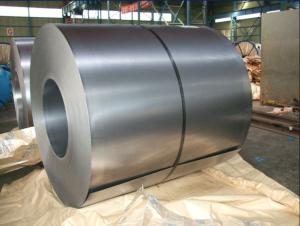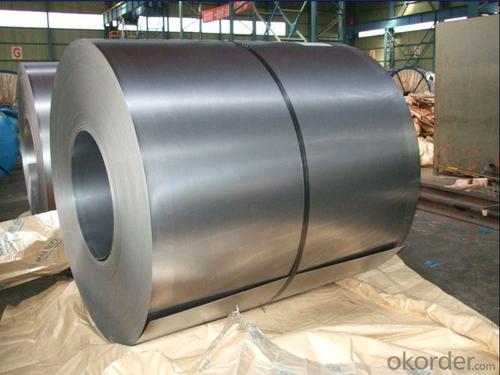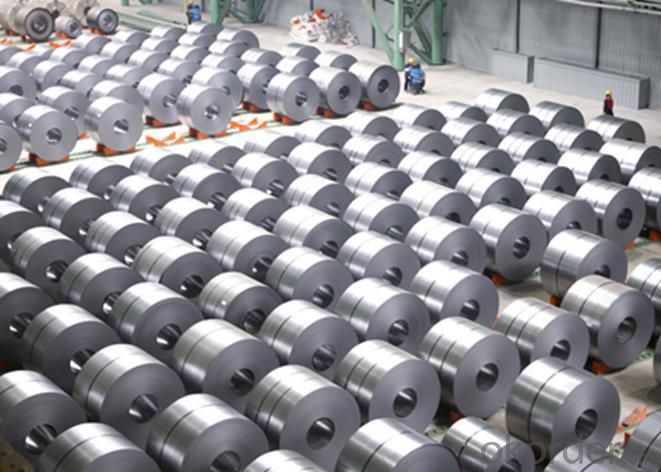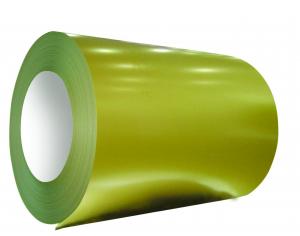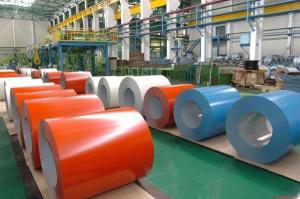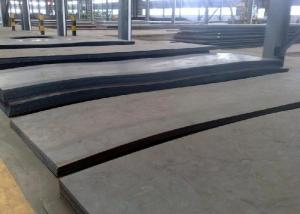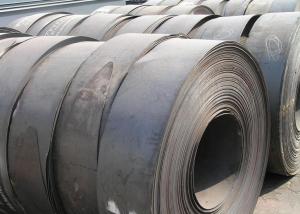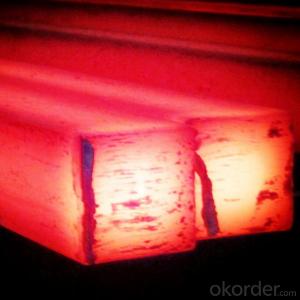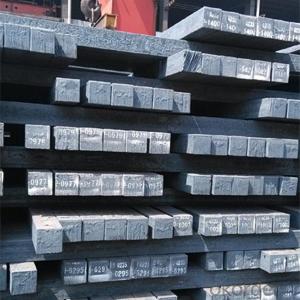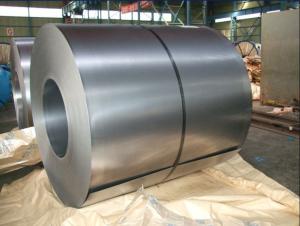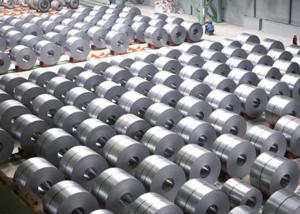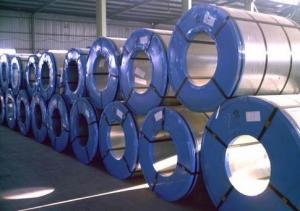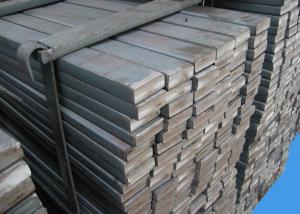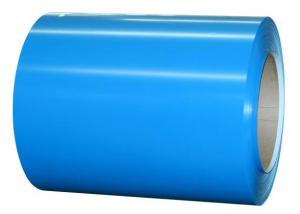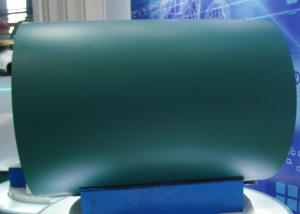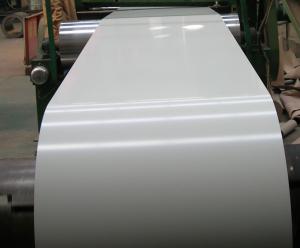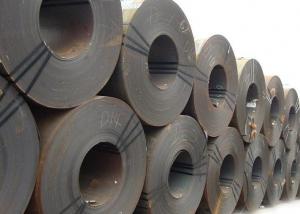Cold Rolled Steel EN10130- Bright Anneal
- Loading Port:
- China Main Port
- Payment Terms:
- TT or L/C
- Min Order Qty:
- 25M/T m.t.
- Supply Capability:
- 50000 Metric Tons Per Month m.t./month
OKorder Service Pledge
OKorder Financial Service
You Might Also Like
Specifications Of Cold Rolled Steel EN10130- Bright Anneal
|
COLD ROLLED STEEL | |
|
Thickness |
0.08mm-4.00mm |
|
Width |
30mm-2000mm |
|
Sheets Length |
+0mm-6000mm |
|
Coil inner Diameter |
508mm or 610mm |
|
Surface Treatment |
●Matt Finish/Bright Finish ●Oiling/Dry |
|
Annealing Methods |
●Bright Anneal/Black Anneal |
|
Coil Weight |
1mt-25mt |
Standard and Grade Of Cold Rolled Steel EN10130- Bright Anneal
|
|
JIS G3141-2005 |
BSEN10130-2006 |
ASTM A1008-12a |
|
Commercial Quality |
SPCC |
DC01 |
CS Types A/B/C |
|
Drawing Quality |
SPCD |
DC03 |
DS Types A/B |
|
Deep Drawing Quality |
SPCE SPCF(non aging) |
DC04 |
DDS |
|
Extra Deep Drawing Quality |
SPCG(non aging) |
DC05/06 |
EDDS |
Definition Of Cold Rolled Steel EN10130- Bright Anneal
Cold rolling means that hot rolled steel coil is rolled below recrystallization temperature after pickling, and its finished product is full hard coil. After annealing process for full hard coil, the finished product is cold rolled production. The thin gauge cold rolled steel sheet and strip steel have advantages of low surface roughness, high dimension accuracy and good mechanical properties etc, and which have been widely used in auto manufacturing, home appliance, architecture, aviation, precision instrument, hardware and enameling industry etc.
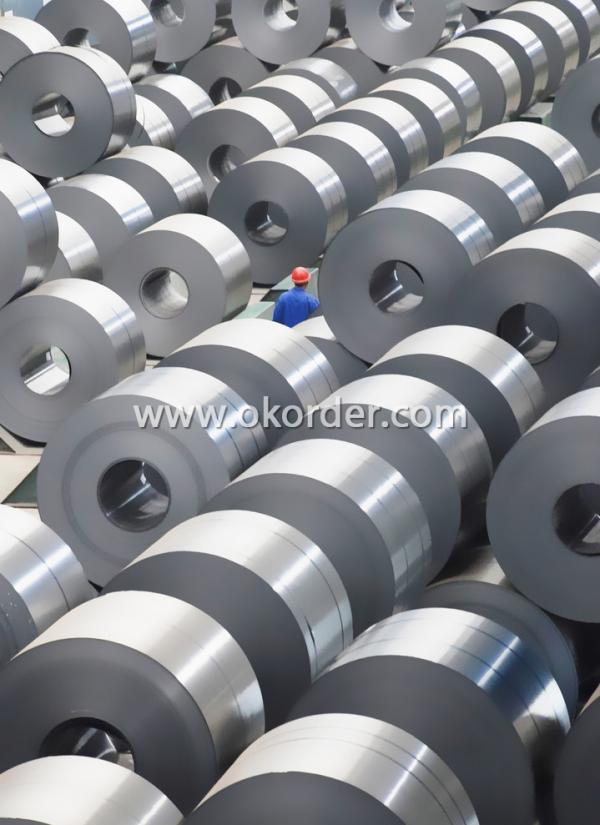
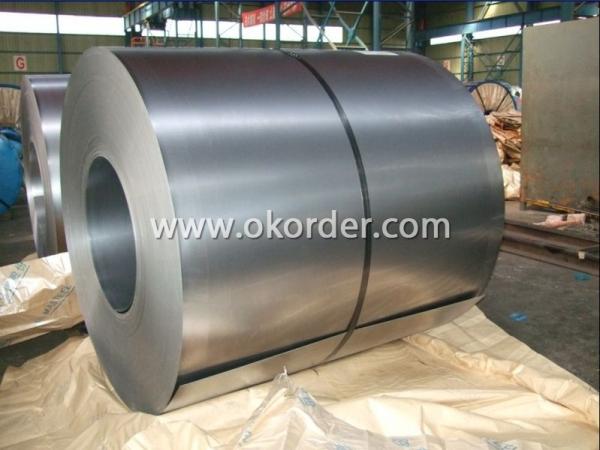
Applications Of Cold Rolled Steel EN10130- Bright Anneal
It is the based material for galvanized steel coil and pre-painted galvanized steel coil. It is widely used in light industry for making tank, furniture, pipe, refrigerators, washers, freezer plate, air conditioner, micro-wave oven, water heater, soot-such machine, electric rice cooker, electric roaster oven, dryers and automobile etc. In the other application industries, it’s mainly used for enameling, office furniture, burglarproof door, electronic element, fastener battery, hardware, automotive fitting etc.
Packaging & Delivery Of Cold Rolled Steel EN10130- Bright Anneal
The packing of coils consists of anti-damp paper, PVC film, hardboard paper, steel box, strapped with steel strips, fitted with locks and edge protectors and guarantees the optimal condition of the delivered goods. Each coil can be additionally fitted with wooden/steel skids(eye to the side) or wooden pallets(eye to the sky). Eye to sky package: Anti-damp paper inside full wrapped with plastic film, iron sheet outside on wooden pallet in 20 feet container with 25mt.
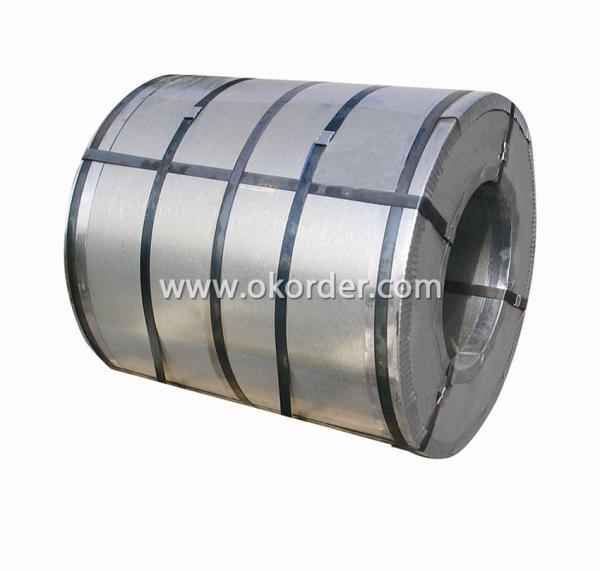
- Q: What are the different grades of steel and their respective applications?
- There are several grades of steel, each with its own unique properties and applications. Some common grades include carbon steel, stainless steel, and alloy steel. Carbon steel is widely used in construction and manufacturing due to its high strength and low cost. Stainless steel is corrosion-resistant and is often used in kitchen appliances, cutlery, and surgical equipment. Alloy steel combines various elements to enhance its strength, hardness, and resistance to wear and tear, making it ideal for automotive parts, machinery, and tools.
- Q: What are the different types of steel beams?
- There are several different types of steel beams, including I-beams, H-beams, W-beams, and C-beams. Each type has a unique shape and serves different purposes in construction and engineering projects.
- Q: How is steel used in the production of electrical appliances and wiring?
- Steel is commonly used in the production of electrical appliances and wiring as it provides a strong and durable framework for various components. It is often used in the construction of appliance casings, motor housings, and brackets, ensuring the safety and protection of internal electrical components. Additionally, steel is used in electrical wiring as a support structure, providing strength and stability to carry and distribute electricity effectively.
- Q: How are steel products used in the manufacturing of consumer goods?
- Steel products are widely used in the manufacturing of consumer goods due to their strength, durability, and versatility. They are commonly used in the production of appliances, automobiles, construction materials, packaging, and even household items like cutlery and furniture. Steel provides stability and structural integrity to these goods, ensuring their longevity and safety for consumers.
- Q: What are the applications of steel wire mesh in acoustic panels?
- Steel wire mesh is commonly used in acoustic panels to provide structural support and stability. It helps to strengthen the panels and prevent warping or sagging over time. Additionally, the wire mesh can contribute to the absorption and diffusion of sound waves, enhancing the panel's acoustic performance. The mesh acts as a barrier, reducing sound transmission through the panel and improving sound insulation.
- Q: How is steel used in the construction of hospitals and healthcare facilities?
- Steel is an essential material in the construction of hospitals and healthcare facilities due to its strength, durability, and versatility. It is commonly used for structural purposes, such as beams, columns, and frames, providing a solid and sturdy framework for the buildings. Steel is also used in the construction of walls, roofs, and floors, ensuring stability and safety. Additionally, steel is often used for medical equipment and fixtures, as it can be easily shaped and fabricated to meet specific requirements. Overall, steel plays a crucial role in ensuring the structural integrity and functionality of healthcare facilities.
- Q: How is steel plate heat-treated for optimal strength?
- Steel plate is heat-treated for optimal strength through a process called quenching and tempering. In this process, the plate is heated to a high temperature, typically above its critical temperature, and then rapidly cooled, or quenched, in water or oil. This rapid cooling helps to harden the steel, making it stronger but also more brittle. To improve its toughness and ductility, the quenched steel is then reheated, or tempered, at a lower temperature. This tempering process helps to relieve internal stresses and allows the steel to regain some of its flexibility and resistance to cracking, resulting in a steel plate with optimal strength.
- Q: What are the different types of steel wire ropes and their uses in offshore drilling operations?
- There are several types of steel wire ropes commonly used in offshore drilling operations. These include drilling lines, sandline cables, and guy wires. Drilling lines are heavy-duty wire ropes designed to support the weight of the drill string and transport drilling fluids. They are used to lower and raise the drill bit, as well as to rotate the drill string during drilling operations. Sandline cables, on the other hand, are lighter wire ropes used for well servicing and workover operations. They are primarily used to lower and retrieve equipment, such as pumps and tools, into and out of the wellbore. Lastly, guy wires are steel wire ropes used to support and stabilize offshore drilling platforms or structures. They help to counterbalance the weight and forces acting on the structure, ensuring stability and safety. Overall, steel wire ropes play a crucial role in offshore drilling operations, providing strength, durability, and reliability necessary for various tasks and applications.
- Q: What are the different types of steel bar grating materials?
- There are several different types of steel bar grating materials, including carbon steel, stainless steel, and aluminum.
- Q: How is steel plate formed into complex shapes?
- Steel plate is formed into complex shapes through a process called fabrication. This involves various techniques such as cutting, bending, and welding, where the steel plate is carefully manipulated to achieve the desired shape. Advanced machinery and skilled craftsmen are often involved in this process to ensure precision and accuracy in forming the complex shapes.
1. Manufacturer Overview
| Location | Jiangsu, China |
| Year Established | 2003 |
| Annual Output Value | US$1 Million - US$2.5 Million |
| Main Markets | Southern Asia; America; South America; Eastern Europe |
| Company Certifications | ISO 9000 ISO 14000 OHSAS 18000 |
2. Manufacturer Certificates
| a) Certification Name | |
| Range | |
| Reference | |
| Validity Period |
3. Manufacturer Capability
| a) Trade Capacity | |
| Nearest Port | Shanghai |
| Export Percentage | 1% - 10% |
| No.of Employees in Trade Department | 100 People |
| Language Spoken: | English; Chinese |
| b) Factory Information | |
| Factory Size: | Above 200,000 square meters |
| No. of Production Lines | 14 |
| Contract Manufacturing | Design Service Offered |
| Product Price Range | Average |
Send your message to us
Cold Rolled Steel EN10130- Bright Anneal
- Loading Port:
- China Main Port
- Payment Terms:
- TT or L/C
- Min Order Qty:
- 25M/T m.t.
- Supply Capability:
- 50000 Metric Tons Per Month m.t./month
OKorder Service Pledge
OKorder Financial Service
Similar products
Hot products
Hot Searches
Related keywords
